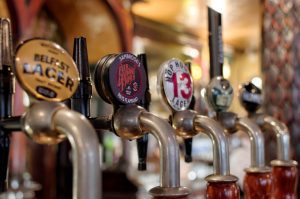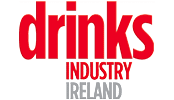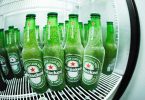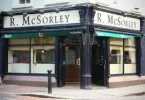6 key on-trade differences between Dublin & Belfast

At 60.2% lager has the biggest share of Long Alcoholic Drink sales in Belfast. In Dublin lager has a 42.7% share.
1 Engagement
Pubs, bars and restaurants are at the heart of life in both cities but CGA’s Opus data show slightly more consumers drink in pubs, bars and restaurants at least weekly in Belfast at 35% than in Dublin at 31%.
2 Confidence
Dublin’s consumers have grown steadily more confident about drinking out since the end of Covid-19 restrictions. Here, CGA’s Reach research indicates that 87% of them now feel confident about visiting the on-trade — ahead of the 80% in Belfast.
In both cities there’s a desire to go out as much as possible this year to make up for occasions lost to Covid-19 ‘though the number planning to do so is much higher in Dublin at 54% than in Belfast at 41%.
3 Premiumisation
Well over half (56%) of Belfast’s consumers are likely to trade up to Premium serves — notably more than in Dublin (48%). While there’s significant room for more Premiumisation in both cities, with consumer costs rising fast, value will also be a priority over the rest of 2022.
4 Outlets
With a larger tourist sector Dublin has a much higher density of licensed premises than Belfast. CGA’s latest distribution data show the Republic’s capital has just over 2,000 outlets — one for every 627 residents.
In Belfast the on-trade is spread more thinly with one site for every 1,098 people.
5 Beer
At 60.2% lager has the biggest share of Long Alcoholic Drink sales in Belfast. In Dublin lager has a 42.7% share and it’s no surprise that stout ranks second. However, CGA’s On Premise Measurement service reveals that its Rate of Serve in the three months to May was more than twice as high in Dublin (48HL) than in Belfast (22HL).spirits,vodka,
6 Spirits
Vodka takes roughly a third of spirits sales in Belfast (35%) and Dublin (32%). Ireland’s reputation for whiskey gives it a 21% share of sales in Dublin — six percentage points more than in Belfast (15%).








